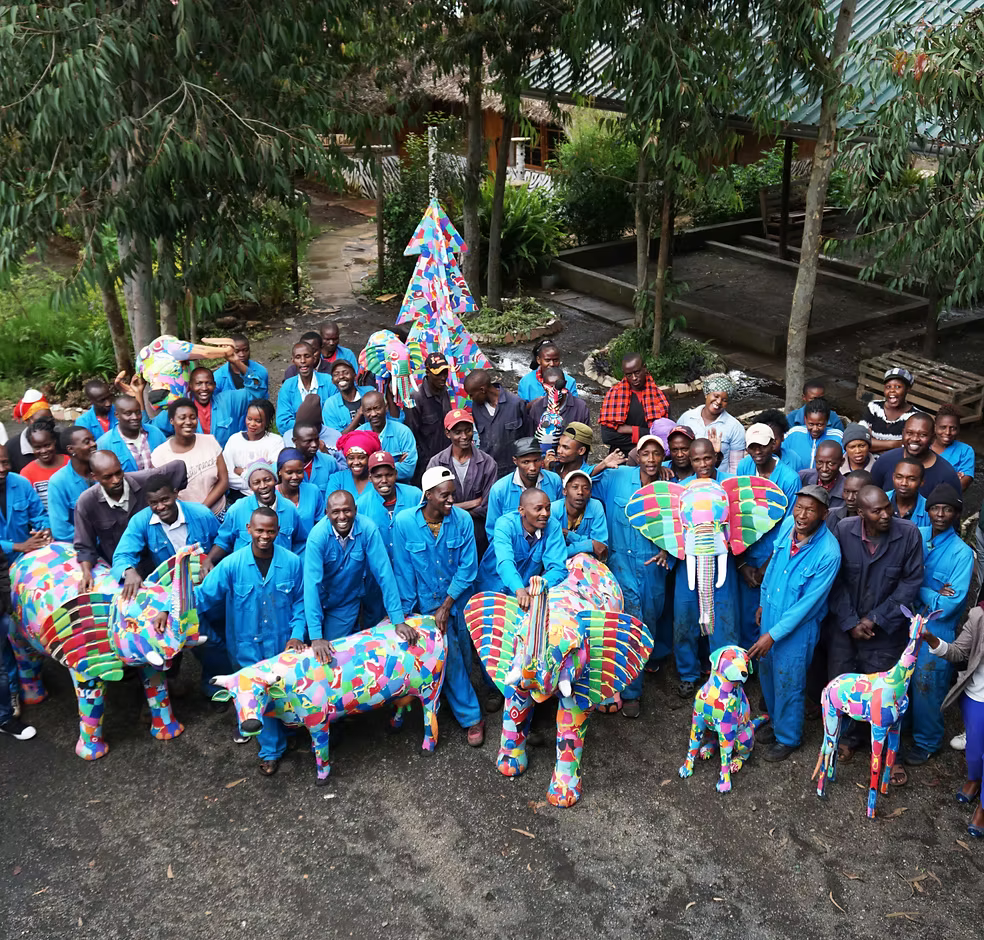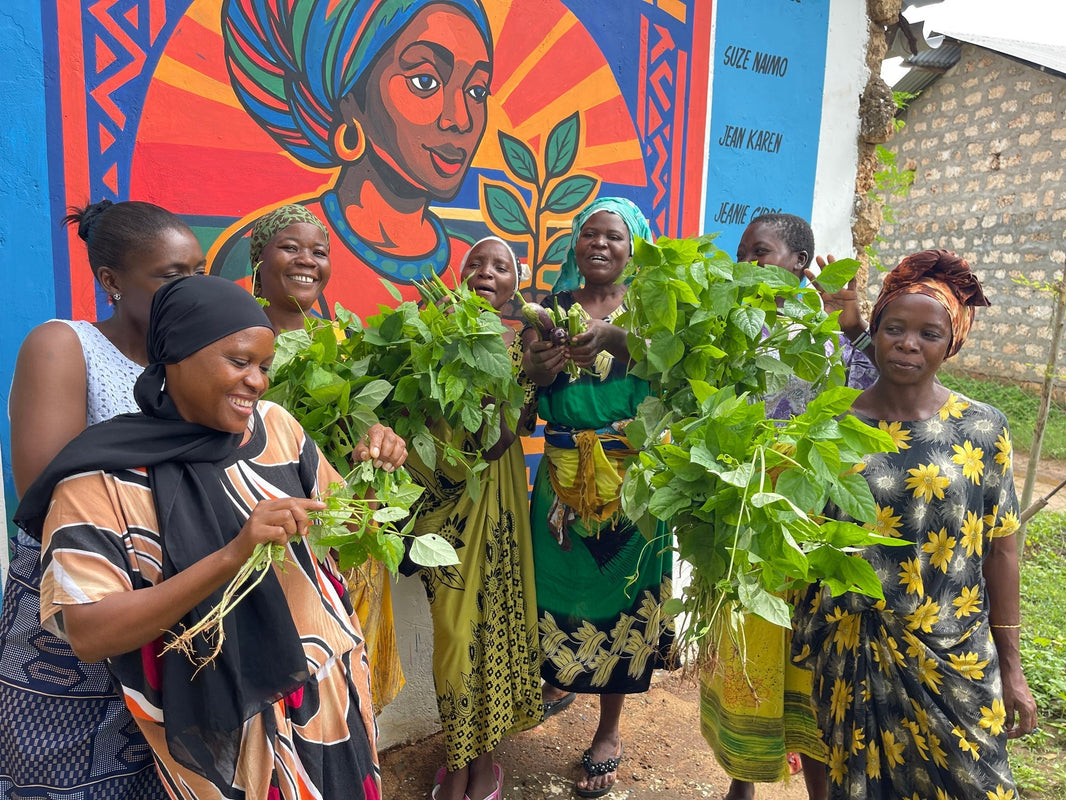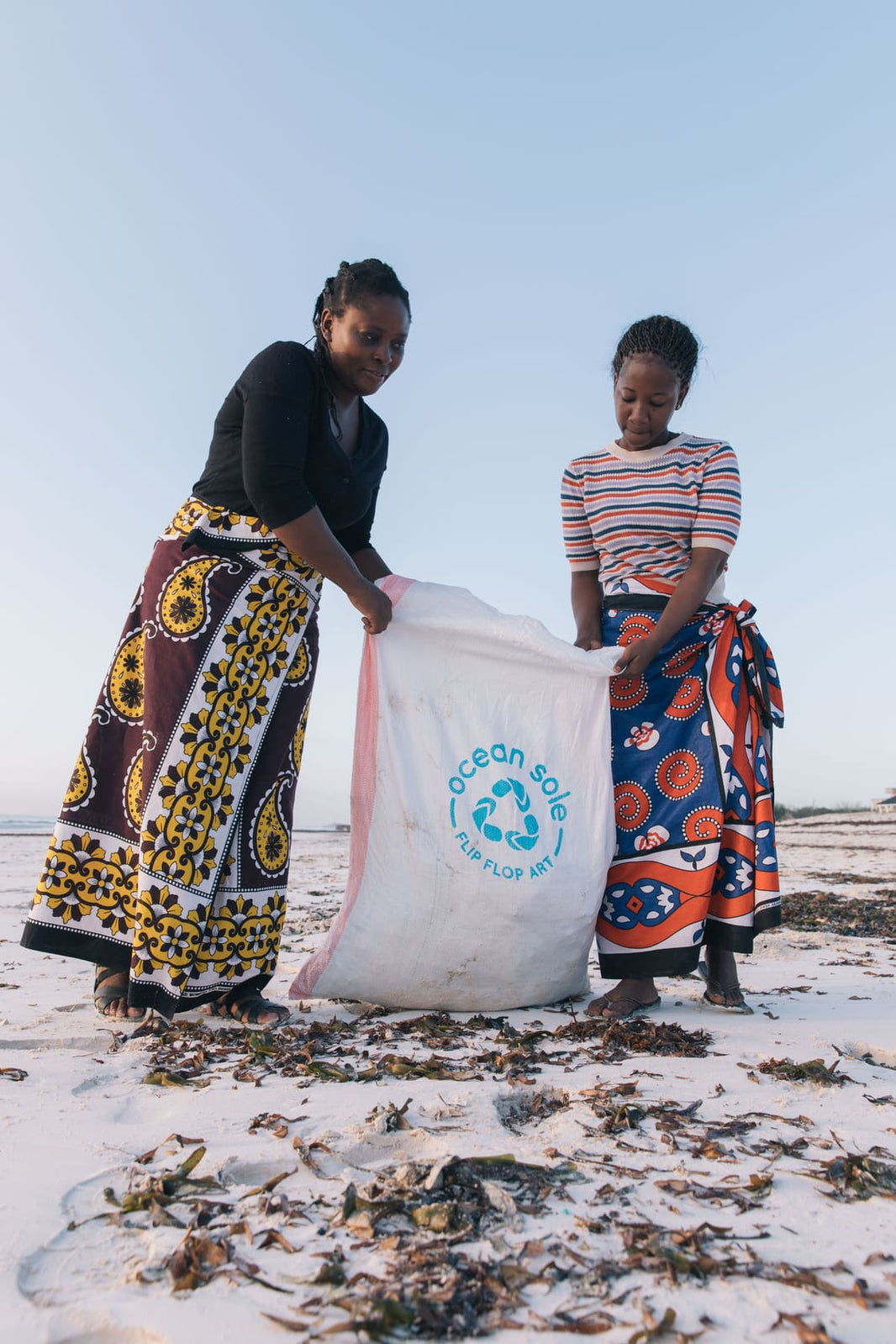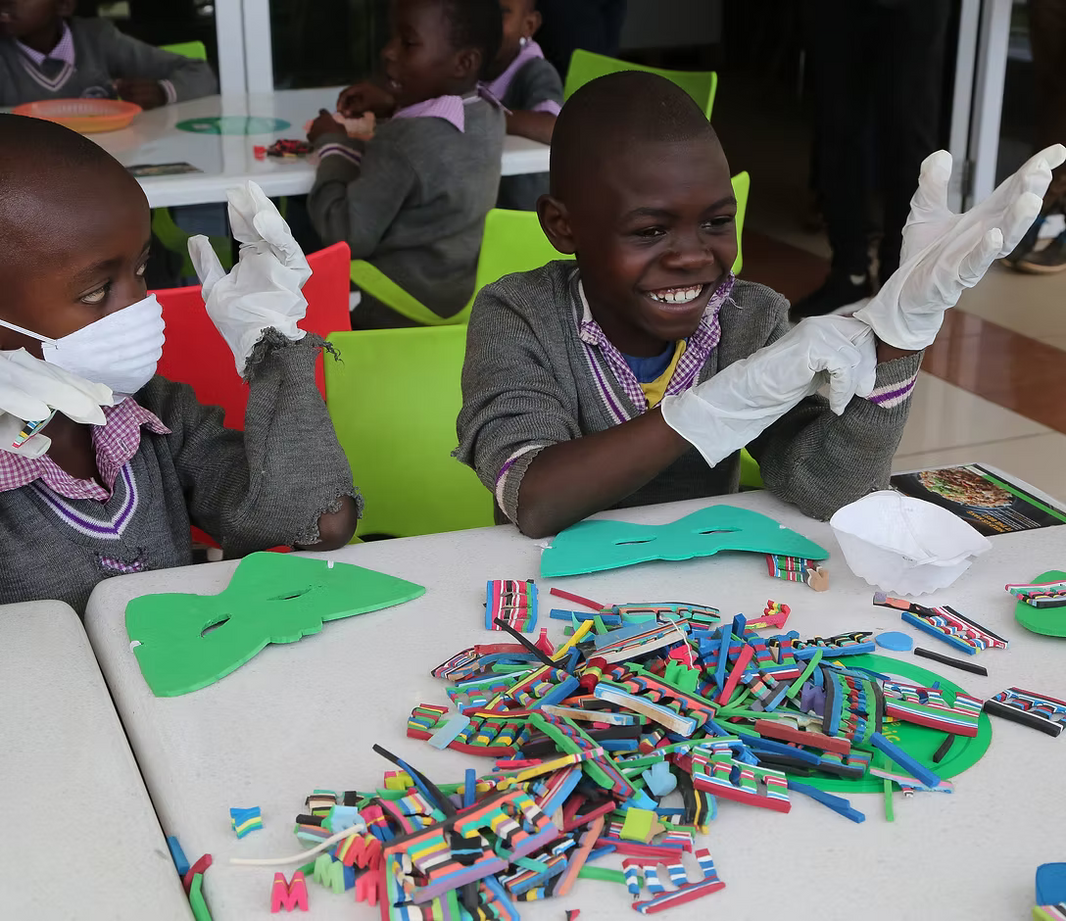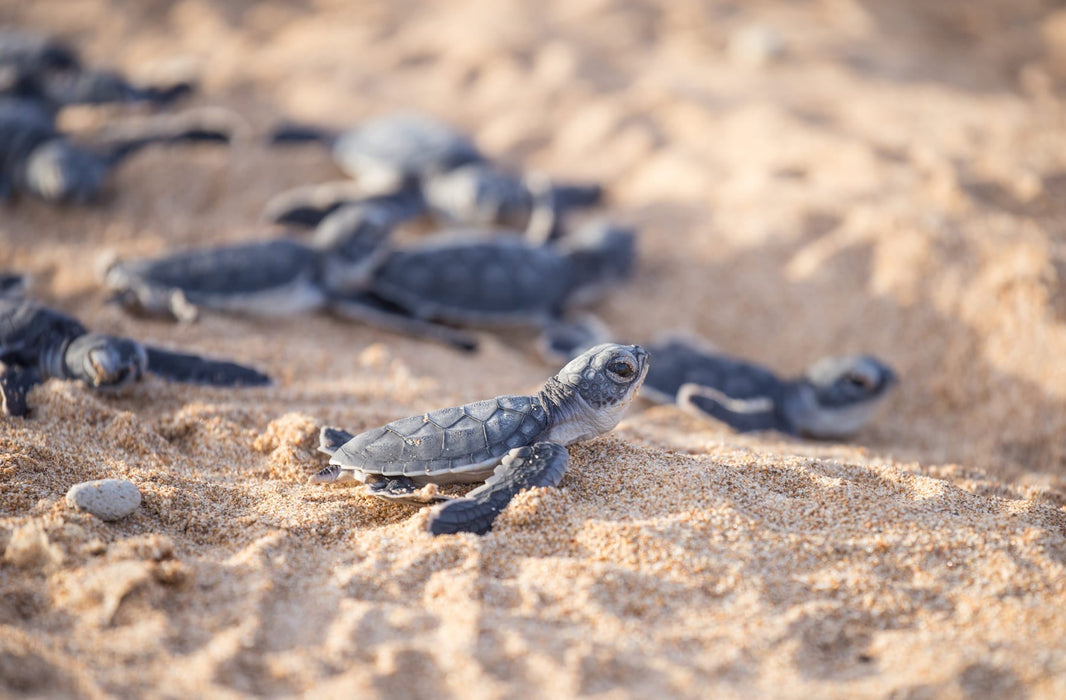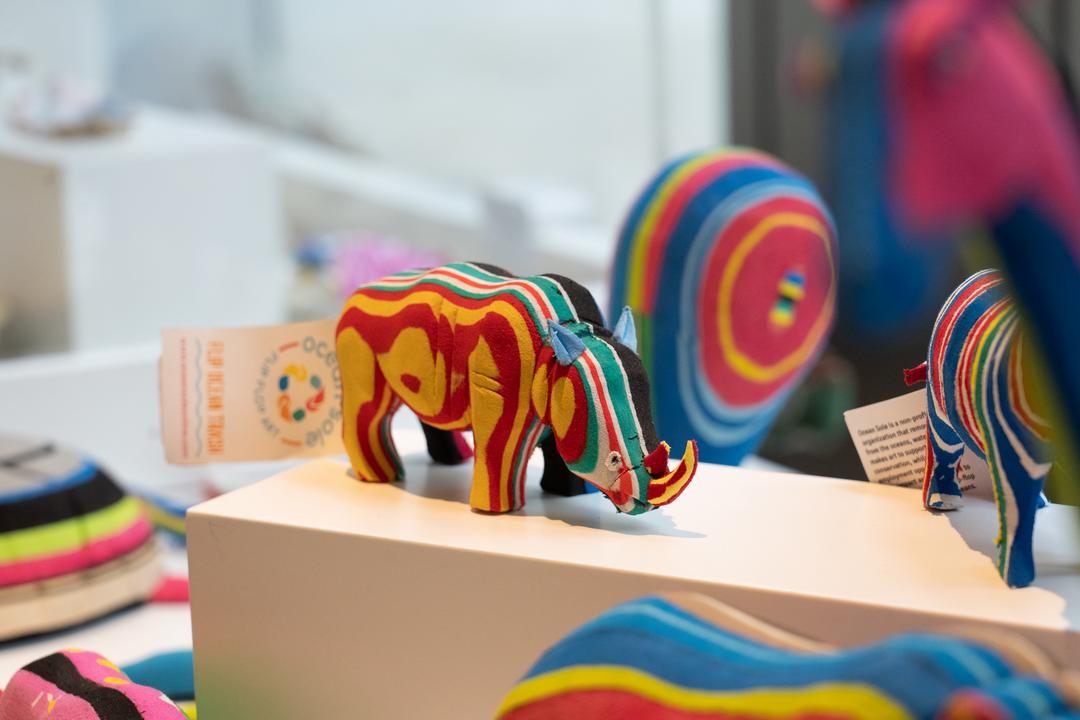World Wildlife Day is celebrated annually on the 3rd of March to support animals and plants worldwide. Thailand proposed the even,t and in 1973 it was passed during the Convention on International Trade in Endangered Species of Wild Fauna and Flora (CITES)
Wildlife Day is a chance to recognize the unique roles that natural plants and animals play in our ecosystem. Moreover, this day serves as a timely reminder that more needs to be done to combat wildlife crime and human-caused biodiversity loss, which has growing cultural, social, and economic repercussions.
Flora and fauna are plants and animals encompassing all life on Earth.Any region's flora, fauna, microorganisms, and other life forms are called biota. Humans rely on fauna and flora for food, habitat and economic use. However, we have successfully destroyed and rendered most animal and plant species critically endangered.
Current Difficulties of Wildlife Conservation:
- Climate change has created new challenges for wildlife, aggravated by reckless development and historical wrong doing.
- Increasing deforestation, water scarcity and drought conditions are most severe on the African continent.
- A lack of food and water, habitat destruction, wildlife migration, and wetland loss can all lead to the extinction of wildlife populations.
- Wildlife plant and animal species are being harmed due to illegal wildlife trade, and endangered species are being driven to extinction. Wildlife crimes frequently target vulnerable animals and plants because of their scarcity and rising economic value.
- Population growth is causing infrastructure and agriculture to expand nearby areas, reducing the animals’ natural habitat due to wildlife damage.
Here are some statistics that prove that actions to protect wild flora and fauna need to be heightened:
- Southern Brazil’s Araucaria forest is one of the world’s most degraded ecosystems, with less than 1% remaining primary forest. Over 20% of its 352 described tree species are threatened, and, in many cases, their long-term survival will depend on targeted restoration to boost numbers and reconnect remaining populations.
- Magnolia Sinica, a flowering plant species in native China, is currently listed as Critically Endangered. With support from the Fauna and Flora International Organization, there are now some 134 trees under protection, and conservation efforts are now being led and funded by Chinese institutions.
- Rosewood is the world’s most trafficked wildlife product, generating more revenue than ivory, rhino horn and tiger parts combined. High international demand for this luxury timber led to huge spikes in illegal logging
- Savanna elephants are endangered, and forest elephants are critically endangered, according to an official assessment released today by the International Union for Conservation of Nature (IUCN) for its Red List of Threatened Species, the world’s most comprehensive inventory of extinction risk.
- The North Atlantic Right Whale has suffered some of the most significant populations decline in the whale family, making it the most endangered whale species on the planet and causing the IUCN to list it as critically endangered.
The list of endangered species is long. This is an eye opener to everyone this World Wildlife Day to help heighten awareness of their state. The theme for this year is “Partnerships for Wildlife Conservation.” To protect wildlife, governments need to establish partnerships, collaborate with civil society organisations, and engage with local communities. To that end, you can participate by:
- You may visit nature reserves, beautiful gardens, aquariums, and more.
- Offer to volunteer to a protection initiative in your area or worldwide.
- Discover and share your knowledge of our planet’s vegetation and creatures.
- During this time, you can watch a documentary on animals, spread awareness on social media to protect animals.
- Use the hashtag #WorldWildlifeDay on social media to promote World Wildlife Day. You can share photos and facts about wildlife with your friends and family.
Governments and institutions can help by:
- Ensuring that the necessary laws are in place to protect rare habitats.
- Initiating and funding global research networks around threatened species.
- Reaching out to local communities with social media campaigns to bring their perspective to conservation discussions.
- Supporting Eco tourism as a sustainable source of income.
- Improve coordinated wildlife conservation efforts on private land.
At Ocean Sole, we highlight the plight of our wildlife through our flip flop art sculptures. Through our art, we tell the story of the endangered species to everyone who visits us, and we also share their story on our social media platforms and through events and exhibitions that we participate in. Some of the endangered species that we create are:
Purchase a flip-flop sculpture on our website and help us spread awareness of these extraordinary wildlife. We donate 5% of our profits to organisations actively involved in wildlife conservation to help support their conservation work.
Let’s all embrace the spirit of wildlife day and make the world a better place by conserving our flora and fauna as they play a crucial role in our ecosystem. We hope you’ll share this information with as many people as possible.
Email us at hello@oceansoleafrica.com to get in touch with us for custom orders, CSR partnerships, or just to see how to get involved in our mission!



